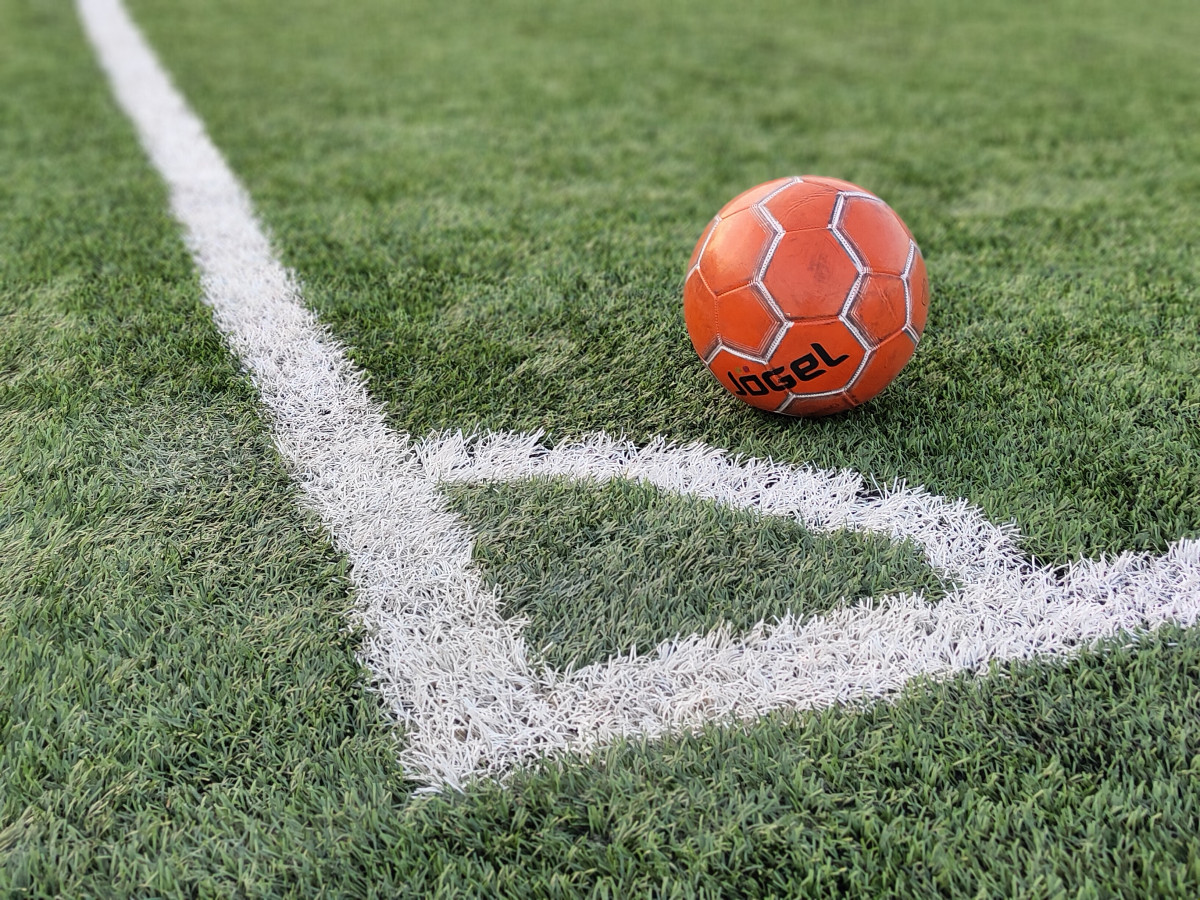According to The EC, the long-anticipated ban on crumb rubber infill has arrived with the ban on intentionally added microplastics
There has long been a concern about the use of crumb rubber in sports fields, initially the concerns were about the PAH content. Research by the ECHA Risk Assessment Committee suggested that lower limits were required, and the amount of PAH was reduced, but it was still many times higher than that allowed in children’s toys.
The ECHA-RAC continued its investigations and in its report into microplastics, suggested that any polymer of 5mm or less should be considered a microplastic, this brought the majority of crumb rubber infill into the microplastics definition.
On 25th September The European Commission took steps to prevent some half a million tons of microplastics entering the environment every year.
The EC believes that microplastics are a concern because once in the environment, microplastics do not biodegrade and cannot be removed. They accumulate in animals, including fish and shellfish, and are consequently also consumed as food by humans.
Microplastics have been found in marine, freshwater and terrestrial ecosystems as well as in food and drinking water. Their continued release contributes to the permanent pollution of our ecosystems and food chains. Exposure to microplastics in laboratory studies has been linked to a range of negative (eco)toxic and physical effects on living organisms.
The EC go on to say: The new rules prohibit the sale of microplastics as such and of products to which microplastics have been intentionally added and that release those microplastics when used. Common examples include … infill material for artificial sports surfaces. Products used at industrial sites, or not releasing microplastics during use, are derogated from the sale ban, but their manufacturers will have to provide instructions on how to use and dispose of the product to prevent microplastic emissions and report the estimated microplastic emissions every year.
In respect of crumb rubber infill, the ban will apply after eight years to give pitch owners and managers the time to switch to alternatives and allow for most existing sports pitches to reach their end of life.
Dr Ettore Musacchi from the European Tyre Recycling Association commented: “I think that this is not a great day for tyre recycling, and recycling in general.
“I hope to be wrong, but I am afraid that this decision will have impacts, that have been underestimated, on the whole tyre recycling value chain.
Taking into account that the EPR systems are in force in the majority of EU countries and that the European Commission keep into consideration their position, my impression is that they were not against the ban and that they are probably relying upon alternative, equally sustainable, destinations.
“However, we are operating in a complex global market, which sometimes react in strange ways, different from the logic of a Legal Directive.
“So, I am wondering what will happen if the infill market decreases too fast and too much before the end of the transition period of eight years. Are these alternative destinations ready yet and strong enough to offer a sufficient outlet?”
Peter Taylor at the TRA and Poul Steen Rasmussen from Genan have been approached for their comments and we will update when we have their responses.




















